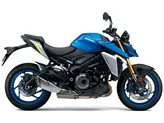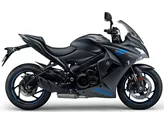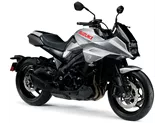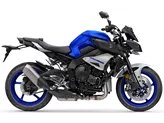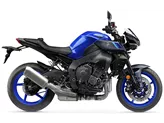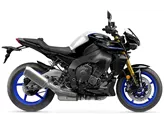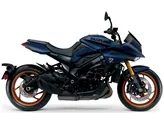Suzuki GSX-S1000 2016 vs. Yamaha MT-10 2016

Suzuki GSX-S1000 2016

Yamaha MT-10 2016
Overview - Suzuki GSX-S1000 2016 vs Yamaha MT-10 2016
The Suzuki GSX-S1000 2016 and the Yamaha MT-10 2016 are both naked bikes with similar technical specifications. Both bikes are equipped with inline, liquid-cooled engines with fuel injection systems. However, there are some notable differences between the two models.
In terms of engine power, the Yamaha MT-10 2016 has a slight advantage, producing 160 HP compared to the Suzuki GSX-S1000 2016's 149 HP. The Yamaha also has a higher torque output of 111 Nm, compared to the Suzuki's 106 Nm. This difference in power and torque may result in a more aggressive and thrilling riding experience on the Yamaha.
Both bikes feature upside-down telescopic forks for the front suspension and swing arms with monoshock absorbers for the rear suspension. The chassis of both bikes is made of aluminum, which provides a good balance between strength and weight. The Suzuki GSX-S1000 2016 has a twin-tube frame, while the Yamaha MT-10 2016 features a Deltabox frame. The Deltabox frame is known for its rigidity and provides excellent stability, especially at high speeds.

Suzuki GSX-S1000 2016
In terms of braking, both bikes are equipped with double disk brakes at the front. However, the Yamaha MT-10 2016 has larger diameter disks (320 mm) compared to the Suzuki GSX-S1000 2016 (310 mm). This may result in improved braking performance and control on the Yamaha.
Both bikes come with advanced rider assistance systems such as ABS. However, the Yamaha MT-10 2016 also features traction control, which can enhance safety and control in various riding conditions.
In terms of dimensions and weights, both bikes have similar front and rear tire widths and diameters. The Suzuki GSX-S1000 2016 has a slightly longer wheelbase of 1460 mm compared to the Yamaha MT-10 2016's 1400 mm. The seat height of the Yamaha is also slightly higher at 825 mm compared to the Suzuki's 815 mm. Both bikes have a fuel tank capacity of 17 liters.

Yamaha MT-10 2016
When it comes to strengths, the Suzuki GSX-S1000 2016 is praised for its powerful engine, good braking control, stable and sensitive chassis, comfortable seating position, and relatively low price. On the other hand, the Yamaha MT-10 2016 is known for its CP4 engine with a strong character, extreme agility, high-speed stability, strong brakes, and unmistakable sound.
However, both bikes have their weaknesses. The Suzuki GSX-S1000 2016 is criticized for its front end appearance, which some may find too good. It also has a throttle response issue in the lower rev range, which can be perceived as too aggressive. On the other hand, the Yamaha MT-10 2016 is said to have poor comfort, limited wind protection, and a hard fit for some riders.
In conclusion, both the Suzuki GSX-S1000 2016 and the Yamaha MT-10 2016 are powerful, agile, and well-equipped naked bikes. While the Yamaha may have a slight advantage in terms of power and braking performance, the Suzuki offers a more comfortable seating position and a lower price point. Ultimately, the choice between the two models will depend on the rider's preferences and priorities.
Technical Specifications Suzuki GSX-S1000 2016 compared to Yamaha MT-10 2016
Pros and Cons in comparison
Pros and Cons in comparison
Suzuki GSX-S1000 2016
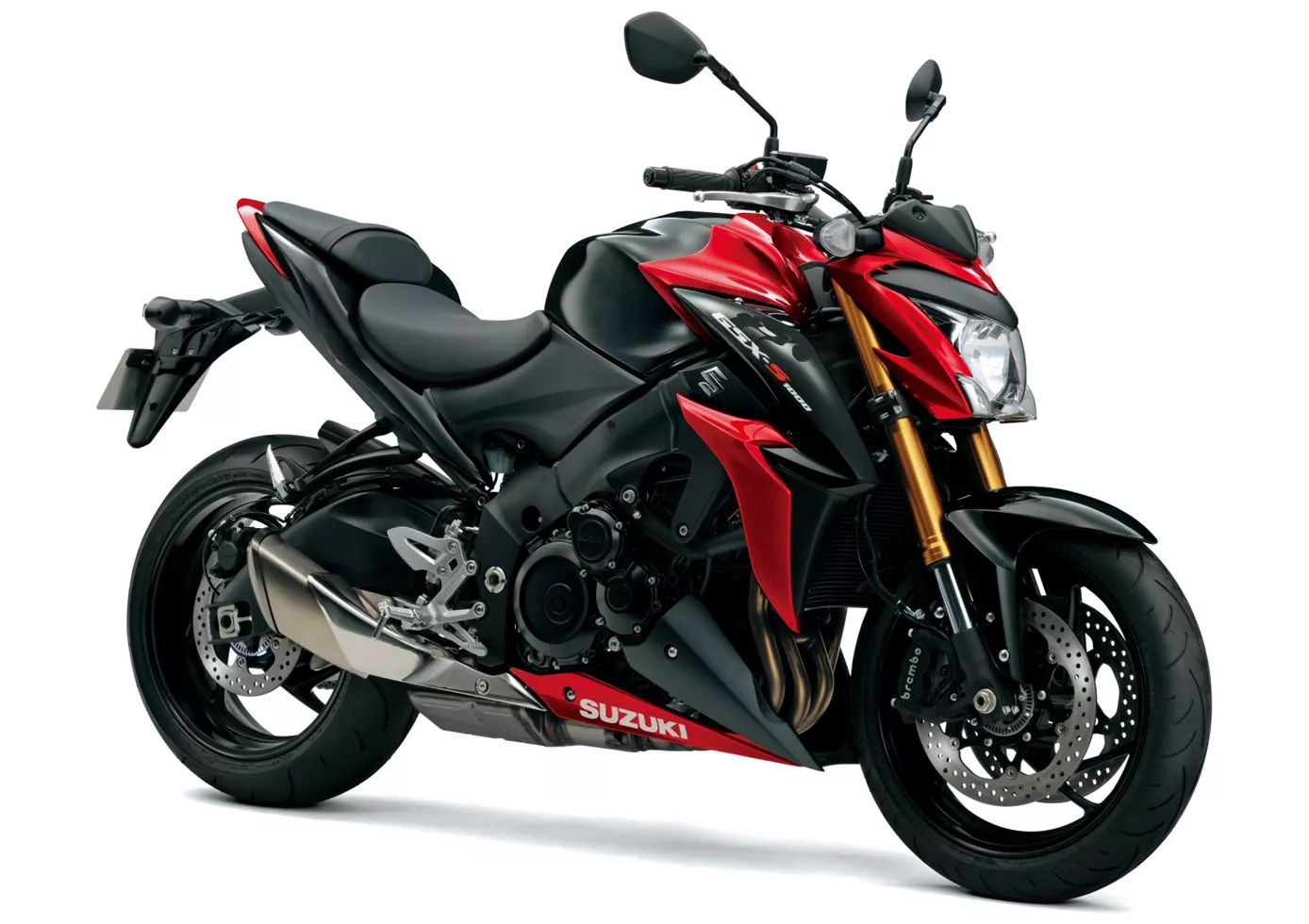
Some might be surprised that after waiting so long, Suzuki did not launch the ultimate, uncompromising power naked bike. Instead, the Suzuki GSX-S 1000 with its 149 hp seems almost too well-behaved. But once you ride it on the race track, you quickly realise that the engine is far more powerful in real life and that the rest of the performance of the chassis and braking system is also impressive. In return, it also offers a large portion of everyday and practical suitability - not bad ingredients when you have to cover everything from everyday to race track with a single bike.
Yamaha MT-10 2016

The short and stocky MT-10 is the furthest away from the R1 superbike of the renowned power naked bikes, both in terms of looks and chassis, but the heart of the MT-10 is directly descended from the racetrack weapon and fascinates with a uniquely raw sound and power from below thanks to the typical crank pin offset, which, with a modified firing order, ensures this unique character. The resulting 160 hp therefore only seem a little weak on paper compared to the more than 200 hp of the R1, in reality the MT-10 also ignites incredible fireworks. The suspension would probably be too soft for the race track, but it is just right for a country road fight, and the brakes do the same - probably only acceptable for the track, but perfect for the country road.
Price Comparison Avarage Market Price Suzuki GSX-S1000 vs Yamaha MT-10
There are a few key differences between a Suzuki GSX-S1000 2016 and a Yamaha MT-10 2016. In terms of price, the actual average price of a Yamaha MT-10 2016 is about 18% higher. A Suzuki GSX-S1000 2016 experiences a loss of 90 GBP in one year and 1,340 GBP in two years of ownership. This is offset by a loss of 810 GBP and 1,870 GBP for a Yamaha MT-10 2016. Compared to Yamaha MT-10 2016 there are more Suzuki GSX-S1000 2016 bikes available on the 1000PS.de Marketplace, specifically 10 compared to 7. It takes less time to sell a Yamaha MT-10 with 97 days compared to 109 days for the Suzuki GSX-S1000. Since model year 2015 1000PS.de editors have written 36 reviews for the Suzuki GSX-S1000 and 32 reviews for the Yamaha MT-10 since model year 2016. The first review for the Suzuki GSX-S1000 was published on 27/09/2014 and now has more than 17,100 views. This compares to more than 20,700 views for the first review on Yamaha MT-10 published on 17/11/2015.


